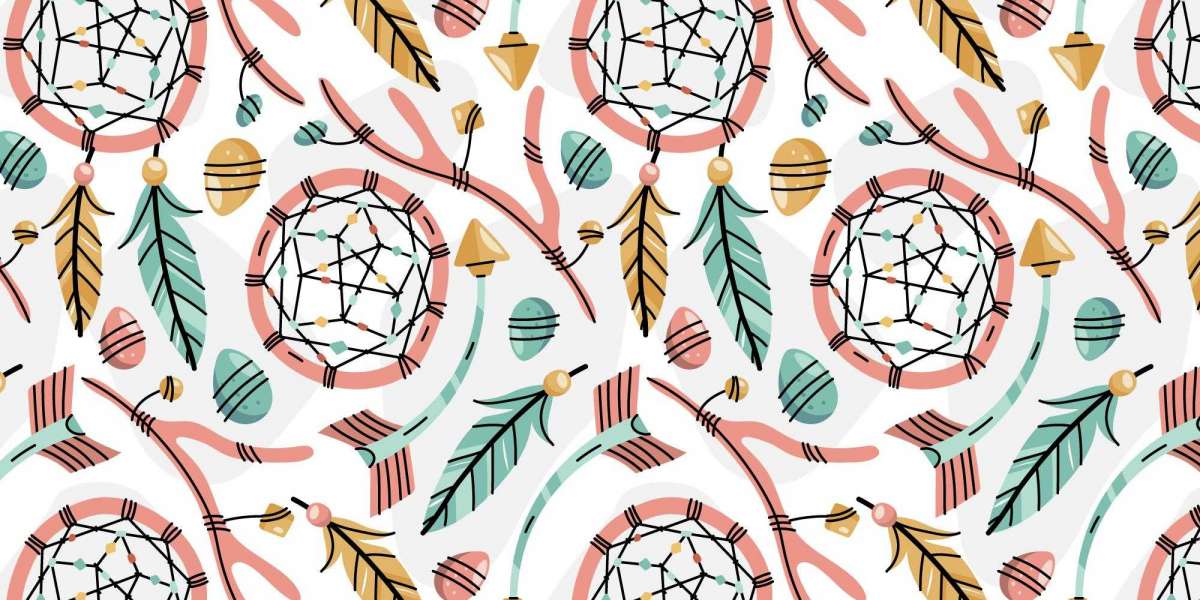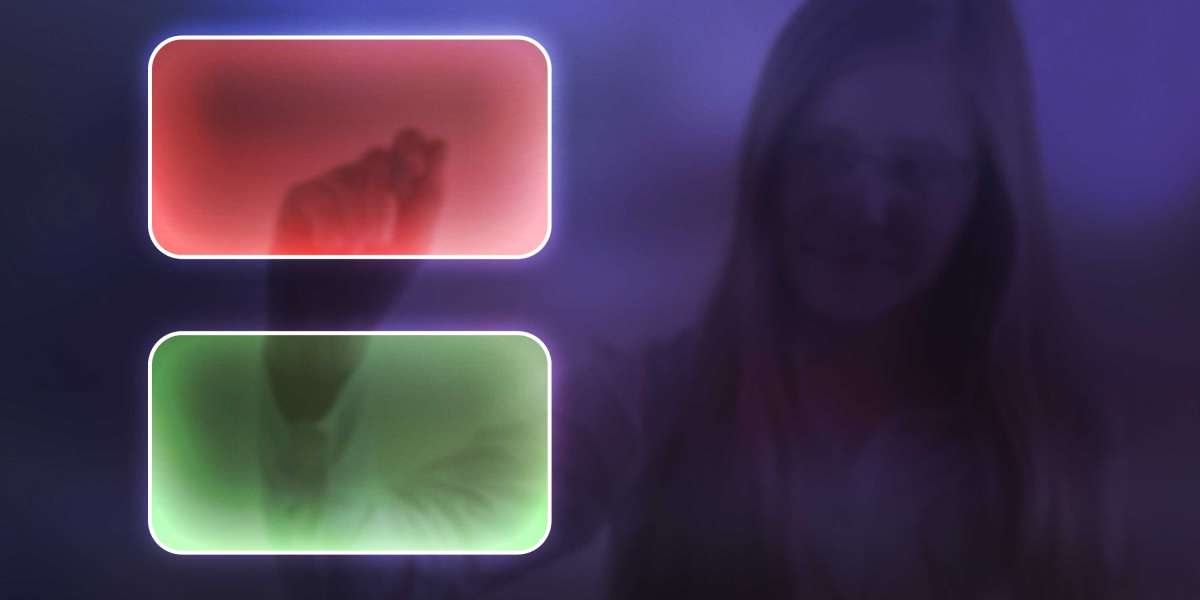In recent years, the world of home sewing in the United States has experienced a quiet but significant transformation. A growing number of sewing enthusiasts, designers, and hobbyists have turned their attention toward what is commonly known as indie sew patterns. These independently produced sewing patterns have reshaped how people approach garment making, emphasizing creativity, accessibility, and community-driven design.
The rise of indie sew patterns reflects a broader cultural shift in how individuals engage with clothing. Rather than relying exclusively on mass-produced apparel or large commercial pattern companies, many makers are embracing the independence that comes with creating their own garments from unique, thoughtfully designed templates.
The Concept of Indie Sew Patterns
At its core, the term indie sew patterns refers to sewing patterns developed and distributed by independent designers or small creative teams. Unlike large-scale pattern companies that have dominated the industry for decades, these patterns are often created with a personal touch, offering distinct design aesthetics, innovative silhouettes, and modern interpretations of classic garments.
Indie sew patterns often cater to diverse body types, inclusive sizing, and various levels of sewing expertise. This inclusivity has made them particularly appealing within the United States, where the do-it-yourself movement and interest in personalized fashion continue to expand.
What distinguishes indie sew patterns is not merely their scale of production but their approach to design philosophy. Independent creators tend to focus on crafting patterns that inspire creativity and experimentation, allowing sewists to adapt and personalize their projects. Each pattern is often accompanied by detailed instructions, helpful illustrations, and tips that make the sewing process more approachable for beginners while still offering complexity for experienced makers.
A Brief History of the Indie Sewing Movement
The roots of indie sew patterns can be traced to the early 2000s, when digital tools and online communities began reshaping the landscape of traditional crafts. Sewing, once considered a domestic necessity, started to reemerge as a creative hobby. As blogs, forums, and social media platforms gained popularity, independent designers found new ways to share their work and connect directly with sewing enthusiasts.
This digital connection allowed small-scale creators to bypass traditional retail channels and distribute their patterns through online formats such as downloadable PDFs. This accessibility not only reduced production costs but also expanded the reach of indie sew patterns beyond local craft stores.
In the United States, this trend coincided with a renewed cultural interest in handmade and sustainable goods. As consumers became more conscious of fast fashion and its environmental impact, many turned to sewing as a means of reclaiming agency over what they wear. Indie sew patterns became a natural extension of that ethos—empowering individuals to craft clothing that reflects their identity, values, and creativity.
Characteristics That Define Indie Sew Patterns
While indie sew patterns vary widely in style and complexity, they tend to share certain defining characteristics that set them apart from mass-market alternatives.
1. Modern Aesthetics
Many indie sew patterns are known for their contemporary, minimalist, or trend-forward designs. Independent designers often respond quickly to changing fashion sensibilities, experimenting with silhouettes that might not appear in commercial pattern catalogs.
2. Detailed Guidance
Because indie sew patterns are often created by individuals who are deeply invested in the sewing community, the accompanying instructions tend to be thorough and accessible. Step-by-step guides, photographs, or digital illustrations help users understand construction techniques and finishing details.
3. Inclusivity and Customization
Another hallmark of indie sew patterns is the emphasis on inclusive sizing and adaptability. Many patterns offer adjustments for different body types or alternative versions within the same template—such as length variations, sleeve options, or neckline changes.
4. Digital Accessibility
Unlike traditional paper patterns, many indie sew patterns are available in digital formats, allowing sewists to print them at home or project them directly onto fabric using digital tools. This convenience has made them particularly appealing to the modern DIY audience.
5. Community Engagement
A strong sense of community surrounds the indie sewing world. Sewists often share progress photos, fitting advice, and creative interpretations online, contributing to an ever-growing network of learning and inspiration.
The Popularity of Indie Sew Patterns in the United States
The United States has become one of the central hubs for the indie sewing movement. Several factors contribute to the widespread interest in indie sew patterns across the country.
Firstly, the increasing availability of high-quality fabrics, online tutorials, and digital tools has made sewing more accessible than ever. Many Americans are rediscovering sewing not only as a practical skill but also as a mindful, creative outlet.
Secondly, the cultural emphasis on individuality resonates strongly with the indie pattern philosophy. Unlike ready-to-wear clothing, garments made from indie sew patterns offer opportunities for personal expression. From altering seam lines to experimenting with prints, sewists can create one-of-a-kind pieces that reflect their style.
Finally, sustainability plays a crucial role. The environmental concerns associated with fast fashion have motivated many individuals in the United States to explore alternatives. By using indie sew patterns, people can construct durable, high-quality garments while also minimizing waste through intentional design choices.
How Indie Sew Patterns Support Learning and Skill Development
Indie sew patterns are not only tools for garment creation but also educational resources. Their accessible format and detailed instructions make them valuable for sewists at various levels.
For beginners, the straightforward structure and clear visual guides found in many indie sew patterns help demystify essential sewing techniques such as seam finishing, dart shaping, and hemming. For intermediate or advanced sewists, the more complex designs provide opportunities to refine pattern manipulation, fitting, and garment construction skills.
Because many indie designers come from sewing or fashion backgrounds, they often approach pattern creation with the intent to teach. Their step-by-step explanations foster confidence, encouraging experimentation and problem-solving—a process that ultimately strengthens craftsmanship.
In addition, the collaborative online culture surrounding indie sew patterns provides ongoing support. Tutorials, sew-alongs, and discussion forums allow makers to exchange knowledge and troubleshoot challenges together, reinforcing a sense of shared learning.
The Role of Technology in the Indie Sewing Landscape
Technology has been instrumental in expanding the reach of indie sew patterns. The digital era has allowed independent designers to share their work globally while fostering a more interactive experience for users.
The availability of downloadable PDF patterns, projector files, and digital sewing aids has made pattern storage and printing easier. Many sewists in the United States have embraced these tools as part of their workflow, finding them efficient and environmentally friendly.
Social media has also become a significant space for showcasing finished garments and discussing techniques. Platforms like Instagram, TikTok, and online sewing forums act as digital classrooms, where makers can observe others’ progress and find inspiration for new projects. This interconnectedness has been a driving force in sustaining the popularity of indie sew patterns and in making sewing a more inclusive and dynamic community.
Indie Sew Patterns and the Broader Creative Economy
The growing demand for indie sew patterns reflects a broader movement toward supporting independent creators across creative industries. In the United States, where entrepreneurial spirit and artistic innovation are deeply valued, this trend fits naturally within the larger context of the “maker economy.”
By choosing to work with indie sew patterns, individuals engage with the process of making clothes on a deeper level—understanding fabric behavior, appreciating craftsmanship, and acknowledging the labor behind clothing production. This awareness aligns with a cultural shift toward slower, more intentional consumption.
Additionally, the indie sewing community often intersects with other creative fields such as textile design, illustration, and pattern drafting. This cross-disciplinary collaboration continues to enrich the movement, leading to innovative pattern formats, sustainable material use, and new interpretations of traditional garment construction.
Challenges and Future Directions
Despite their growing popularity, indie sew patterns face certain challenges. Independent designers must balance artistic creativity with the practical aspects of pattern grading, testing, and distribution. Maintaining quality control and accessibility across different body sizes can also be demanding.
However, advancements in digital design software and community testing processes are helping overcome these barriers. As more sewists in the United States engage with independent patternmaking, the market continues to diversify, promoting inclusivity and innovation.
Looking ahead, indie sew patterns are likely to play an even greater role in shaping the future of home sewing. Their emphasis on personalization, sustainability, and shared learning positions them as essential tools in the evolving landscape of fashion and craftsmanship.
Conclusion
The emergence of indie sew patterns represents more than just a shift in sewing preferences—it reflects a broader cultural embrace of creativity, independence, and thoughtful design. Within the United States, this movement has empowered individuals to reconnect with the art of making, to explore clothing as self-expression, and to participate in a growing community that values skill, sustainability, and collaboration.
Through digital innovation and collective creativity, indie sew patterns have turned sewing from a solitary activity into a shared cultural experience. As the movement continues to grow, it reaffirms the timeless appeal of handmade clothing—crafted not just from fabric and thread, but from imagination and independence.
Word Count: ~1,210
Would you like me to add SEO-optimized meta description, headings (H2/H3 format), and suggested internal linking text for blog publishing platforms like WordPress or Blogger?














